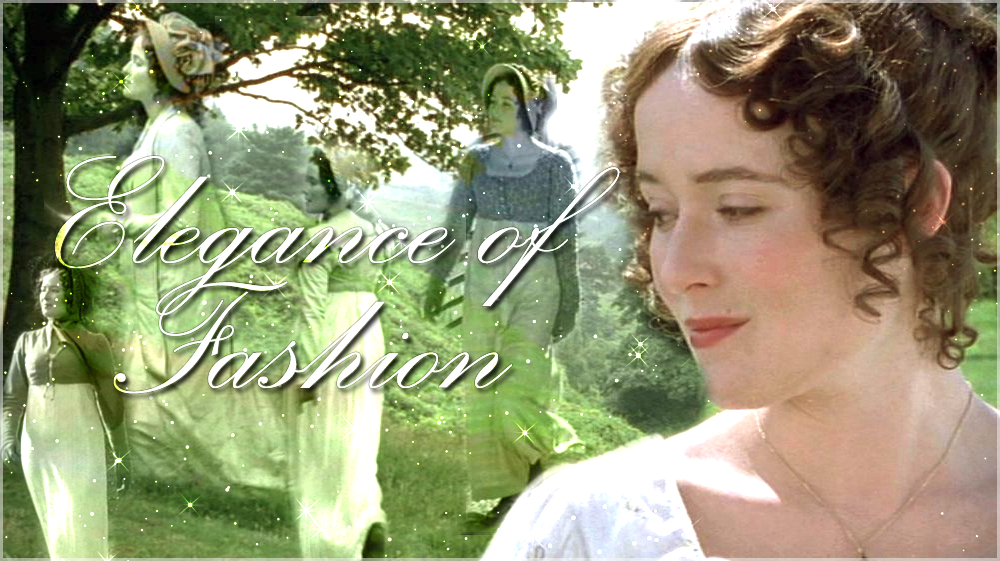Box Art of the Special Edition |
My mother was the one that introduced me to Pride and Prejudice. She had the DVD, but one time it was on PBS's Masterpiece Theater, and we watched all five hours over a couple of weeks. The series is made up of six episodes, and each episode is about 50 minutes long.
Synopsis
Mrs. Bennet is trying to marry off her five daughters. When the rich Mr. Bingley moves into the neighborhood, Mrs. Bennet is determined that he marry one of her daughters. Mr. Bingley takes an interest in Jane, the eldest daughter, while his friend, Mr. Darcy, offends Elizabeth, Jane's sister.
Characters
The cast did a marvelous job. Jennifer Ehle plays the sarcastic, lively Elizabeth Bennet as if Elizabeth Bennet herself came forth from the book and acted in this miniseries. She speaks with the intelligence and wit that Jane Austen wrote into Elizabeth.I think it's safe to say that Colin Firth is Mr. Darcy. Not only does he look the part, he acts it too! His look and attitude conveys pride throughout the first half of the series, but then there is more to his character in the second half. I thought he played Mr. Darcy really well.
Stereotypically, it might be assumed that an adaptation would be full of stuffy language that no one can understand in our modern world, and that nothing ever interesting happens in them; this stereotype is obviously wrong, and Pride and Prejudice is the proof. The language is lively and is said with animation by the whole cast. Between Mr. Bennet sarcastic remarks, Mrs. Bennet's silliness, Mr. Collins's pompousness, Mr. Darcy's pride, and Elizabeth's wit, all of the cast performed well.
Scenery
 |
| Pemberly, Mr. Darcy's home |
Costuming
 |
| Miss Bingley and Elizabeth Bennet discuss Mr. Wickham at the Netherfield Ball. Notice the difference in their clothing. |
What's amazing is the way the costume crew was able to dress different characters in the same class according to their differing personalities. Appropriately, the rich Bingley sisters and Lady Catherine are dressed in rich colors and fabrics. I also noticed that with their dresses, they seemed so extravagent that they seemed gaudy, which would be appropriate for those characters who are very snobbish. In contrast, Georgiana Darcy, who, while rich, is described in the book as being shy, is dress in nice clothing that is elegant, but that which is more simplier and not gaudy. The costuming was well done here depicting people of similar class with appropriate clothing, but their clothes still matched their personality well.
The people of Meryton are dressed in less expensive clothing, but by no means are they poor. They are still dressed well, but their clothing is not as fancy as the Bingley sisters. I actually prefered the dresses of the Meryton women then the dresses of the rich women; I loved the simplicity of the dresses of the Meryton women. A personal preference, perhaps, but back to the original point. When you compare, for example, Elizabeth Bennet's Netherfield Ball dress with Miss Bingley's, you immediately recognize that Miss Bingley is richer even if you never seen Pride and Prejudice before. Elizabeth's dress is a simple cream color with a simple print on it. Miss Bingley's dress, on the other hand, has two different contrasting colors and a decoration going toward the waistline. However, viewer's might perfer Elizabeth's dress to Miss Bingley's because Miss Bingley's is, shall we say?, overdecorated. Much was said just from their clothing that would have been otherwise spoken in a whole minute.
Soundtrack
Pride and Prejudice is a satire and a romantic comedy. The music tracks range from hilarious moments (for example, when Mr. Collins arrives at Longbourn), to serious moments (example: Mr. Darcy's letter), to romantic moments (example: Mr. Bingley's return).
The dance numbers are happy and bouncy (the exception being Mr. Beveridge's Maggot danced at Netherfield ball, which is slower paced and smooth). The dance numbers are, unfortunately, not included in the CD of the soundtrack. The soundtrack is available at Amazon.com.
Overall: 5/5
 |
| Elizabeth in Derbyshire |

